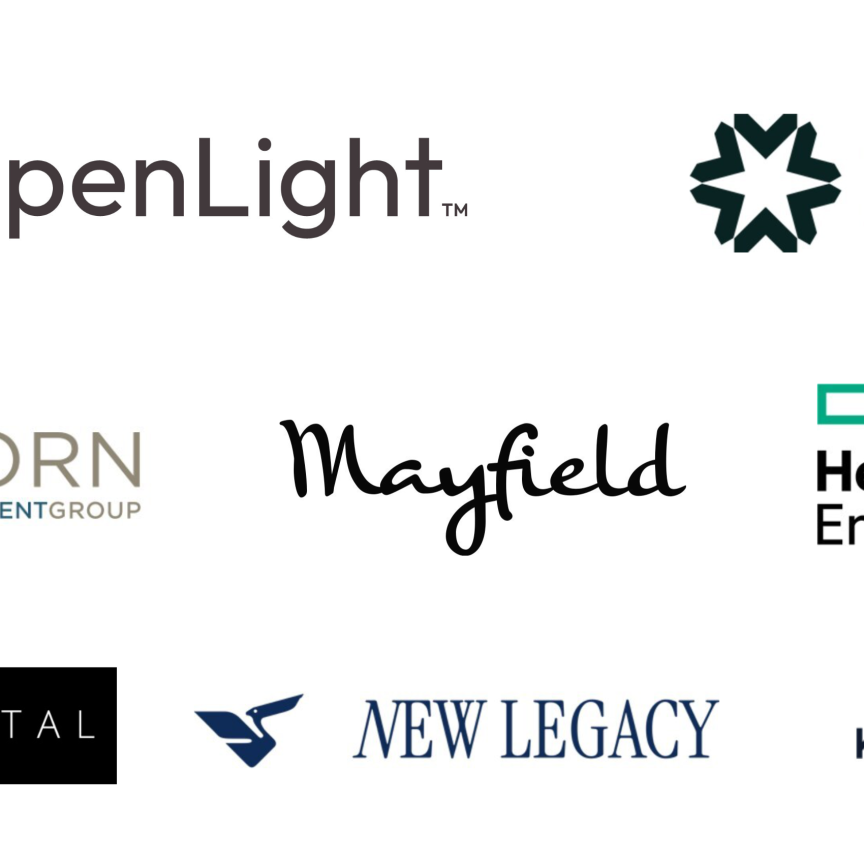In May 2015, the US government proposed changes to US export controls covering many key photonics technologies, causing concern within the industry. Following the release of the final export controls this week, SPIE’s Jennifer Douris discusses the final regulation and its impact on the photonics community
Following two proposed rules and many years of negotiation, Category XII of the US Munitions List (USML) and the corresponding Commerce Control List (CCL) rules were recently finalised on October 12. Category XII covers much of the optic and photonic technologies controlled under the US export control system. These final rules will have an impact on the future growth of the industry both in the United States and abroad.
These changes to US export control regulations are part of the Obama Administration's overarching Export Control Reform (ECR) Initiative. The ECR initiative was launched in 2009 with the expressed purpose of building higher walls around fewer items. The reasoning behind this was to allow for better protection of what the military would consider to be its ‘crown jewels’ while recognising the economic realities that are important to industry. This approach is meant to strengthen US national security, while improving the competitiveness of US businesses.
The first proposed rules for these categories of controls was released in May of 2015, and caused great concern among many in industry and at research universities due to its complexity and because it actually expanded the list of USML (or ITAR) controlled items. However, due to an overwhelming response during the Federal Register public comment period for this first proposal, a different approach was taken for the second proposed iteration of the rules and now in these final regulations.
At the heart of the issue with the first proposed Category XII rule were performance parameters for the items listed that intruded on the commercial market, or at the very least capped growth, while not describing parameters unique to the military. Despite many years of negotiation, performance parameters had not been found that could be agreed upon by the interagency or industry that are unique to military items. The solution found in this now final rule was to use the ‘specially designed’ criteria wherever parameters could not be found or agreed upon. The utilisation of the ‘specially designed’ criteria was a request made by many in industry via the comment period for the first proposed rule.
The 'specially designed' criteria, which is a formal review process finalised in 2012 as part of the ECR initiative, helps ensure that dual-use technologies are not considered munitions items, especially for components. Before the development of the ‘specially designed’ criteria, the terminology 'specially designed' was used to describe items captured under US export controls, but without definition. This led to uncertainty and conflicting jurisdiction decisions from the agencies that govern the US export control system.
Now, with the 2012 criteria in place, companies and universities can go through a specific definition to determine if their item is considered ‘specially designed’. The most helpful provision within this criteria allows components that are used in both military and commercial items currently in production, to be automatically considered a dual-use item, or more correctly not ‘specially designed’ to be a munitions item. The criteria also states that components designed for both military and commercial purposes, or no purpose in mind when in development, are considered dual-use, or not ‘specially designed’.
As stated earlier, this criteria was used to describe many items, especially components, in the final rule where performance parameters could not be found that were unique to the military. Certain technologies in Category XII, such as focal plane arrays (FPAs), image intensifier tubes (IITs), and read-out integrated circuits (ROICs), are fast growing component technologies that do not lend themselves to a clear military purpose performance parameter. In the final rule for Category XII, ‘specially designed’ is used to describe these items, allowing them to be clearly defined in most cases as dual-use technologies and therefore classified under the Commerce Control List (CCL).
Despite the fact that the final rules have now been released, some within the US agencies are still intent on putting performance parameters back into Category XII. How this will manifest itself is in what is called a Notice of Inquiry (NOI), which is expected to be released via the federal register sometime in either November or December of 2016.
The NOI is like a pre-proposed rule, and there will be an open comment period so that interested parties can respond to the notice via the Federal Register. The NOI will contain the proposed parameters that some within the administration are fighting to get inserted back into Category XII. Depending on the response to the NOI by the impacted community, this notice could turn into a more formal proposed rule come next year. However, if the public once again rejects the approach to performance parameters for certain technologies in Category XII via their comments, the final rules will stand as written.
When companies and universities evaluate the parameters to be published in the NOI, it is important that they consider not only the direct impact to current production lines or research, but also whether the parameter could stand the test of 20 or 30 years. Given how contentious the debate was regarding certain technologies in Category XII during the ECR rewrite, it’s highly unlikely that renegotiation on established parameters would be any easier. Even if the proposed parameters do not directly capture dual-use technologies currently in production, unless parameters are clearly unique to the military, commercial growth in that technology area are artificially capped for US industry, which has broad implications worldwide for commerce.
Overall, companies should be pleased with the improvements in clarity and designation in the final rules released for USML Category XII and the corresponding Commerce Control List (CCL) rules, especially if the company is a component manufacturer. Prior regulation for USML Category XII included broad catch-all component language that did not list the specific components captured. Paragraph (e) in the final regulation is much more specific regarding what components are caught, and in many places uses the ‘specially designed’ criteria in this paragraph.
Now that the ECR initiative is coming to a close, SPIE will be leading an effort, in conjunction with the Sensors and Instrumentation Technical Advisory Committee (SITAC) at the Department of Commerce, to develop ongoing export control proposals from industry and universities to continue upon the progress made in the reform process. The three working groups being established are Lenses and Optics, Cameras and Detectors, and Lasers. All interested parties are welcome to join. The first meeting of these working groups will be hosted at SPIE’s Photonics West in San Francisco, CA on 2 February 2017.
SPIE will also be hosting a webinar to go through the final rules in detail on 8 November 2016 at 2:00pm EST, as well as discuss the upcoming NOI. Though the final rules have been released to the public, the implementation date for compliance is set for 31 December 2016, giving affected parties a couple months to adjust to these changes.
Further information regarding these activities can be found at www.spie.org/export.
--
Jennifer Douris is the Government Affairs Director for SPIE in Washington, DC and Vice Chair of SITAC at the Department of Commerce. SPIE is the international society for optics and photonics, an educational not-for-profit organisation founded in 1955 to advance light-based science, engineering, and technology. The Society serves nearly 264,000 constituents from approximately 166 countries, offering conferences and their proceedings, continuing education, books, journals, and the SPIE Digital Library. In 2015, SPIE provided more than $5.2 million in support of education and outreach programmes. www.spie.org
Related stories
Comment period opened for US export rule changes
Photonics to benefit from US export control reform? The proposed reforms to US Munitions List Category XII are expected to be published soon, a change in regulation that could be controversial among the optics and photonics industry, writes Jennifer Douris, a lobbyist at SPIE


